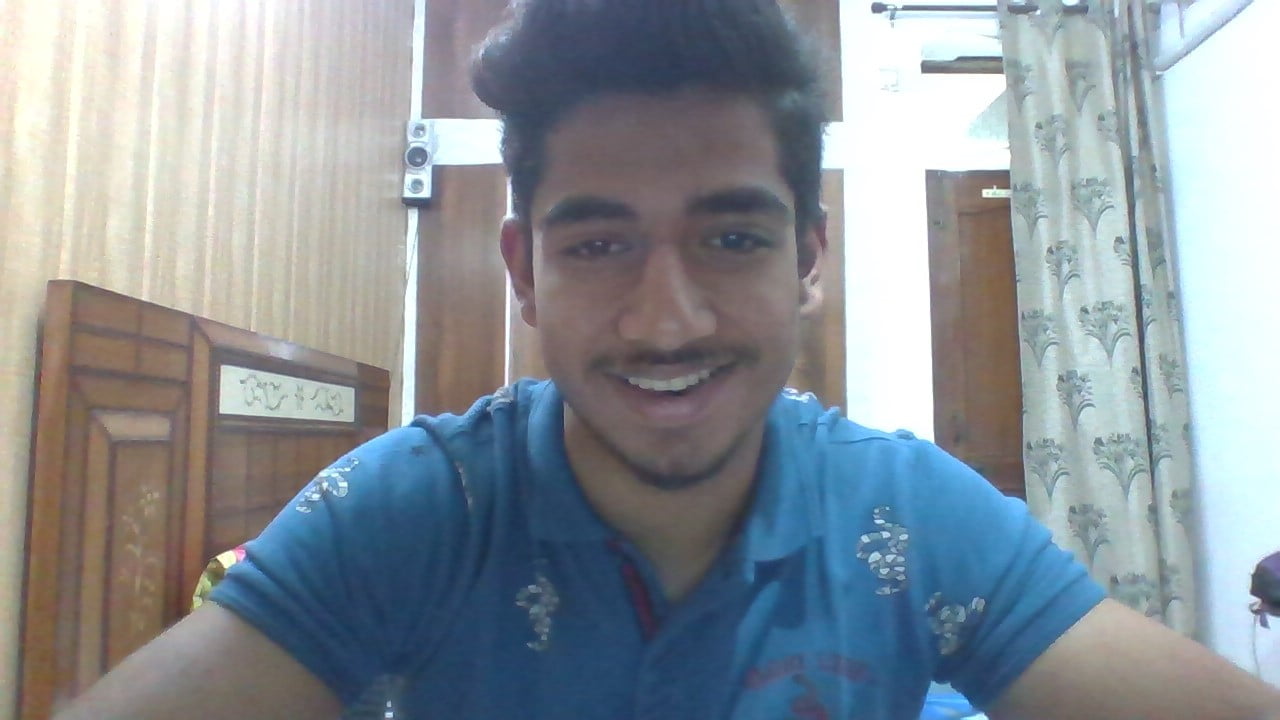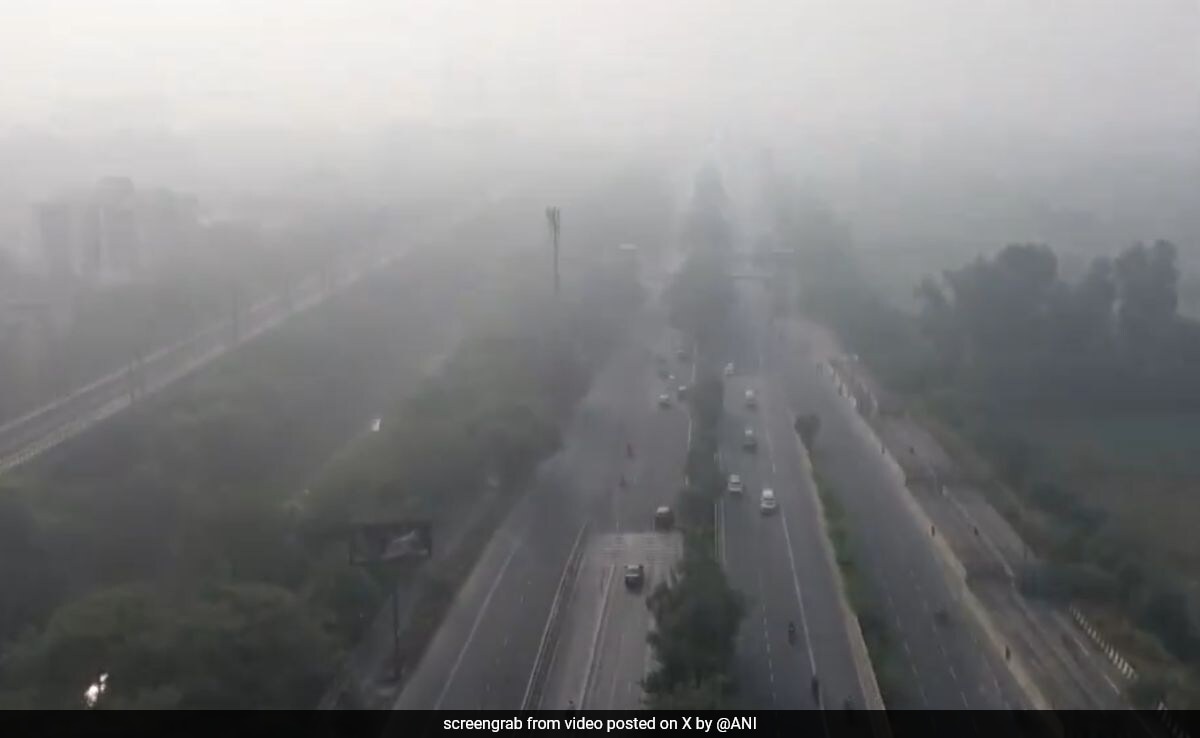New Delhi:
Delhi’s air is turning into toxic day-after-day. On account of growing air air pollution, persons are having problem in respiratory.
The common air high quality index of Delhi was 426 on Thursday morning. Delhi was the second most polluted metropolis on the planet. Regardless of the declining high quality of Delhi’s air, CAQM i.e. Fee for Air High quality Administration has applied GRAP-3 within the state from Friday. Stage III of GRAP is applied when AQI turns into extreme within the vary of 401-450.
In keeping with the information launched by the Central Air pollution Management Board (CPCB) at 7 am, AQI has reached the “extreme” class in lots of areas of Delhi. Anand Vihar’s AQI was recorded at 473, Dwarka’s 458, RK Puram’s 454, Mundka’s 460 and Chandni Chowk’s 407.
In the meantime, Surroundings Minister Gopal Rai mentioned that the Delhi authorities will guarantee strict implementation of air pollution management measures below the Graded Response Motion Plan GRAP- 3 to cope with the deterioration in air high quality within the metropolis.
#WATCH On air air pollution within the nationwide capital, Delhi Surroundings Minister Gopal Rai says, “On this winter season, the Air High quality Index has crossed 400 for the primary time within the final two days in Delhi. IMD’s evaluation states two causes for the sudden rise in AQI in Delhi… pic.twitter.com/rPVdFVNh8X
— ANI (@ANI) November 14, 2024
What number of phases of GRAP-3?
– Grape-1 is utilized when AQI reaches 201 to 300 i.e. in poor situation.
– Grade-2 is applied when AQI reaches 301 to 400.
– Grade-3 is imposed when the air high quality is critically deteriorated (AQI 401 to 450).
– Grape-4 is utilized when AQI is greater than 450.

What restrictions are there in Group 3?
-Ban on BS-3 petrol and BS-4 diesel 4 wheeler autos.
-Ban on entry of sunshine industrial autos and diesel vans in Delhi.
-Prohibition on non-essential development and demolition actions.
-Ban on use of coal and wooden in tandoor of accommodations and eating places.
-Exemption to make use of diesel generator set just for emergencies.
– Ban on industrial operations working on fuels included within the rejected requirements listing.
-Roads might be cleaned and water sprayed to suppress mud.
NCR’s air additionally turned unhealthy
The air high quality within the Nationwide Capital Area (NCR) together with Ghaziabad, Noida, Gurugram and Higher Noida was ‘poor’ on Tuesday. Whereas, AQI in Faridabad was recorded in ‘average’ class. In keeping with CPCB, 30 out of 36 monitoring facilities in Delhi declared the air high quality as ‘extreme’.
Why does air pollution improve?
Stubble burning within the states surrounding Delhi i.e. Punjab, Haryana and UP can also be being thought of as one of many foremost causes for growing air pollution. Stubble burning continues in these states. Nevertheless, the variety of farm fires is lower than within the final two years. Thus far this 12 months, greater than 2500 circumstances of stubble burning have been reported. On the identical time, fireworks and smoke coming from autos throughout Diwali are additionally thought of a significant reason behind air pollution.

feeling of chilly in delhi
Together with air pollution, chilly has additionally began being felt in Delhi. The minimal temperature of the town has dropped considerably. The minimal temperature in Delhi-NCR over the past 24 hours is between 14 -18°C. The utmost temperature has been recorded between 30-33 levels. In such a scenario, the individuals of Delhi might must face the double blow of fog and air pollution.
What do consultants say?
In keeping with Vivek Chattopadhyay, senior program supervisor of the Heart for Science and Surroundings, 30% of the air pollution in Delhi is attributable to stubble burning. 50% air pollution is from the cities of Delhi-NCR. Winds are coming to Delhi from the north-west. He advised that the World Financial institution examine exhibits that the air pollution in Pakistan and Punjab is 30%. Punjab of Pakistan and India is in the identical zone. The air right here behaves equally.

How can the suffocating air change?
In keeping with Vivek Chattopadhyay, the answer to curb air pollution should be discovered by each Punjab and Delhi collectively. The scenario might be very unhealthy for the following two days. Subsequently, its quick resolution is critical. We must always think about the choice of automotive pooling as a substitute of driving a automotive. Apart from, consideration may even must be paid to public transport.
What do different international locations do?
Vivek Chattopadhyay mentioned that to cut back air pollution, different international locations ban diesel autos.
Public transport turns into free in Paris and Seoul. Holidays are declared in faculties. Industries that don’t observe the principles are closed.
Thanks for taking the time to learn this text! I hope you discovered the knowledge insightful and useful. If you happen to loved this kind of content material, please think about subscribing to our publication or becoming a member of our neighborhood. We’d like to have you ever! Be happy to share this text together with your family and friends, who may additionally discover it fascinating.

Kanishk Singh has always had a keen interest in fast-paced cars. For the past three years, he has been writing about automobiles, but his fascination with cars dates back even further. He thoroughly enjoys learning about their features and expressing his thoughts through his writing. Kanishk also has a profound interest in the stock market, shares, and business strategies. He possesses a wealth of knowledge on these subjects and consistently writes articles on them. Currently, he is working as a writer for Lattestnews24, specifically focusing on the Automobile, Finance, and Business categories. His well-crafted words are highly appreciated by the readers, as they find them both informative and creative.
